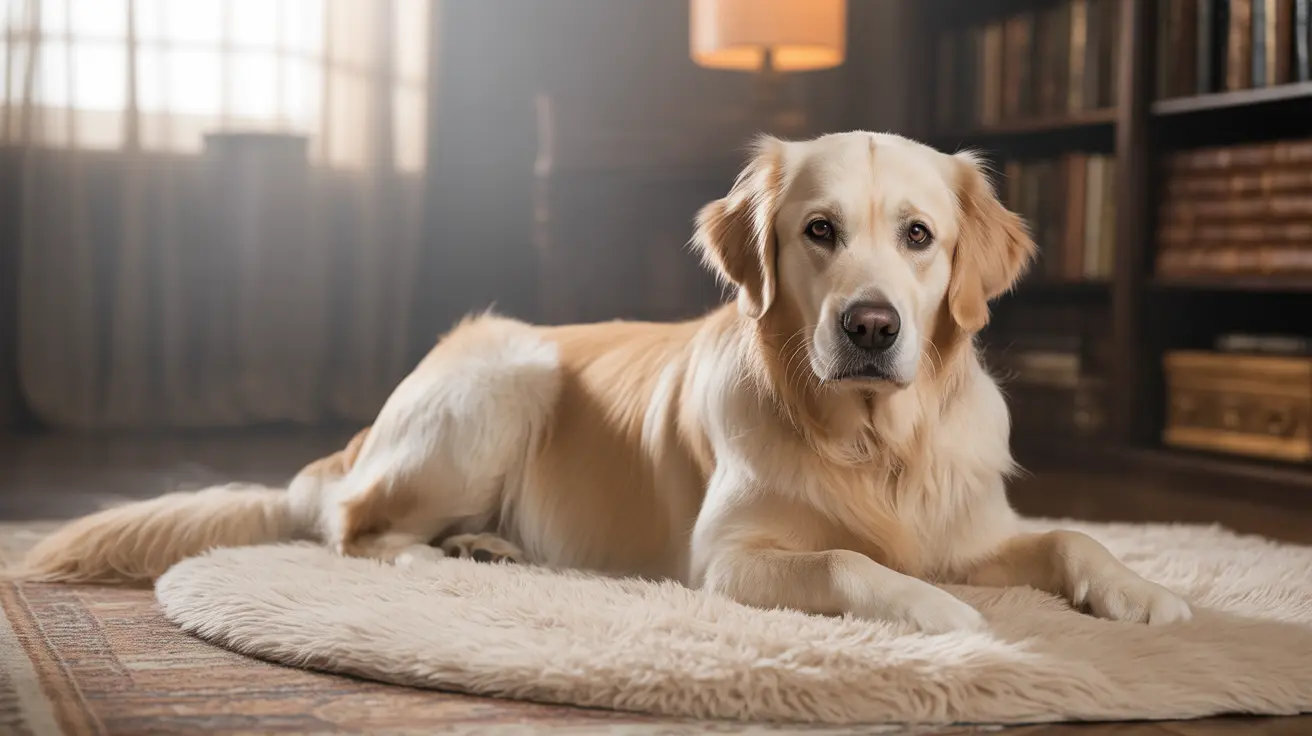Understanding How Cats Say 'I Love You'
Unlike humans, cats express their affection in subtle and instinctive ways. Pet owners often wonder whether their feline companions bond with them emotionally. It turns out that cats have a unique love language that includes a range of behavioral signals, many of which are rooted in their evolutionary behavior and strong need for comfort and security. Understanding these signals can help strengthen the human-cat relationship and promote emotional well-being for both parties.
1. The Slow Blink
One of the most well-recognized signs of feline affection is the slow blink. When your cat looks at you and slowly closes and opens its eyes, it’s essentially saying, 'I trust you.' This gesture shows vulnerability, as cats in the wild avoid closing their eyes around potential threats. Returning a slow blink communicates mutual trust and is widely interpreted as the feline way of saying 'I love you.'
2. Head Bunting and Forehead Touches
Also known as 'head bunting,' this behavior involves a cat gently pressing its head against you. It’s a way for them to mark you with pheromones from scent glands located on their forehead, cheeks, and chin. This action conveys ownership, trust, and deep affection.
3. Purring When Close to You
Though cats may purr for various reasons, a cat that purrs while sitting on your lap or lying beside you is often expressing contentment and love. Purring in a relaxed context is a sign your cat enjoys and feels safe in your presence.
4. Sleeping Near or On You
Cats are crepuscular and need plenty of sleep to thrive — roughly 12 to 16 hours a day, with kittens and senior cats sleeping up to 20 hours. By choosing to nap near or on you, your cat demonstrates a high level of trust and comfort. It’s one of the most profound ways your pet shows love, as sleeping is a vulnerable state for any animal.
- Kittens might snuggle up to you due to their natural instinct to find warmth and protection.
- Senior cats, who deal with decreased activity or age-related ailments, often seek calm, secure environments, making your lap an ideal spot.
5. Following You Around
If your cat shadows you from room to room, it's not just curiosity—it’s a social behavior indicating attachment. Unlike dogs, cats are often independent, so when they choose to keep you in their sight, it's a loving gesture.
6. Grooming You
When a cat licks your hand, face, or hair, it treats you like one of its family members. Cats groom one another to strengthen social bonds. Being licked by your cat is a strong sign of acceptance and affection.
7. Presenting Their Belly
Exposing the belly is a sign of tremendous trust. While not all cats enjoy belly rubs, the mere act of lying belly-up near you means your cat feels secure and is expressing comfort and confidence in your presence.
8. Bringing Gifts
Outdoor or indoor-outdoor cats may bring you 'gifts' such as hunted prey or toys. While it might be unsettling, this offering is a sign of care and appreciation—you’re being treated as an important member of their group.
9. Tail Language
The position and movement of a cat’s tail can also express affection:
- A tail held upright with a slight curve at the top means the cat is happy and confident around you.
- Tails that wrap around your leg or arm can be interpreted as a feline hug.
10. Vocalizations
Cats reserved their 'meows' specifically for interacting with humans. If your cat regularly meows, chirps, trills, or uses a soft voice around you, it’s attempting to communicate affection and attention. Each vocal cue has context, but frequent gentle chatter usually signals familiarity and love.
How to Encourage Your Cat's Affection
Creating a safe, stable, and affectionate home environment allows your cat to express love more readily:
- Provide consistent routines for feeding, sleeping, and playtime, as cats find comfort in predictability.
- Offer mental stimulation through toys, scratching posts, and climbing structures to help alleviate boredom and reduce anxiety.
- Maintain a calm environment with quiet areas where your cat can rest undisturbed.
- Above all, respect your cat’s boundaries.
Final Thoughts
Though cats are often misunderstood as aloof, they are capable of forming strong emotional bonds. Their affection may be quiet and understated, but it’s no less sincere. Whether it's a slow blink, a purr, or simply choosing to nap close by, these behaviors are a cat’s way of saying 'I love you.' By learning to read and respond to these signs, cat owners can cultivate a deeper, mutually enriching connection with their furry companions.





